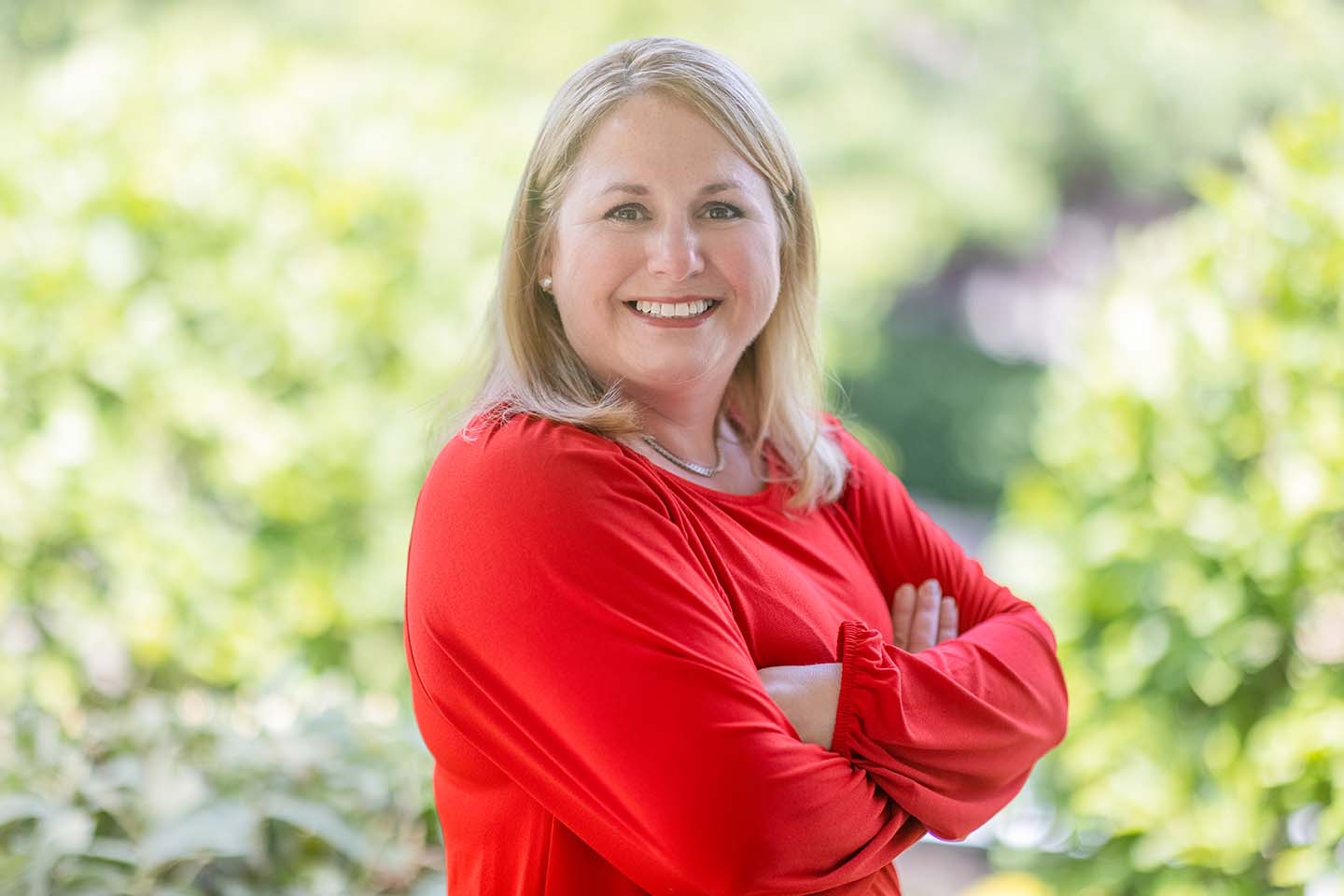Long Island Speech and Myofunctional Therapy in Westhampton Brings Hope

Long Island Speech and Myofunctional Therapy in Westhampton has impacted residents on the East End in many positive ways since it opened its doors in June.
The Westhampton location is the ninth and newest location opened by the center, which works to provide speech, language and feeding services for patients. The center’s focus is on myofunctional therapy, a specialized remedial program specifically for the correction of tongue thrust or posture problems; voice therapy, prompts for restructuring oral muscular phonetic targets (a multidimensional approach to speech production), fluency strategies, feeding therapy and other types of therapy.
“The doctors and the providers that we work in have multiple locations as well, and they’ve been hounding us for a while to get a location out east,” says Janine Steine, a speech pathologist and the owner of the center. “And honestly with the opening of the Southampton campus for Stony Brook University in regards to speech pathology majors in terms of getting their masters, it was honestly a push for us so that we can provide a resource for those students.”
A typical day at the Westhampton practice depends on the needs of the patients, who can be seen all day until 8 p.m. It is open Monday through Saturday.
“We don’t follow a school schedule so we are open on holidays: Columbus Day, Veterans Day, Yom Kippur,” Steine says. “Just so that it gives the opportunity for parents that do work and are unable to be a practitioner or part of their child’s session, it gives them an opportunity to be present.”
Once therapists are finished with the session, they bring the parent or caregiver into their office to explain what was worked on, what their child was successful with, what they still need to work on and activities to work on at home. Support at home is just as important as bringing the patients into the office, Steine says.
The therapists in the Westhampton office are all trained in speech pathology and other specialties in therapeutic approaches, and they see patients that range in age from birth through adulthood. Steine describes the Westhampton location as quaint and humble.
“We love just where we are,” Steine says. “We love the building that we’re in. It’s just a breath of fresh air. When I drive out east and I feel a stress release, that’s how I feel when I walk into the building.”
And a calm environment is important for what speech pathologists do, especially after the pandemic.
“Need for speech-language pathologists and the need for speech-language therapists has increased instrumentally secondary to the pandemic,” Steine says. “So many kids were stifled in terms of their education, in terms of their learning. Even just incidental learning … learning from their environment and what they’re experiencing (they missed out on) because they weren’t getting to experience a lot.”
Steine says the goals of speech pathologists right now, especially when helping these children in the pandemic generation, is to identify any delays and to build their skills up to make sure they are where they should be in their development and so that they could communicate their wants and needs.
“There’s definitely been an increase in social anxiety,” Steine says. “And an inability for children of all ages to communicate, because they’re so used to communicating through a computer screen or through a mask.”
Working with the patient one-on-one to foster those skills can help.
But before operating in a post-pandemic era, speech pathologists at the center had to learn how to help patients when that six feet of social distance, and a facial mask, were practically mandatory in most settings.
“During the pandemic we quickly switched to a telehealth platform,” Steine says. “I definitely believe there is a place for telehealth therapy, 100%. However, I do think for many of the goals we work on for many of our students, in-person therapy is definitely more instrumental in their success, and a lot of that is just because you want the patient to pick up on social cues and you want them to hear someone else’s voice or the way they’re producing the sound without the filter of a screen or even the filter of a
mask.”
The center still provides telehealth, however the majority of sessions are in person and one-on-one. Social distancing and facial masks and shields were used when patients were first able to come back for in-person sessions.
“I will say at this point, none of our therapists are wearing masks and shields unless they feel that they need to,” Steine says. “And same with our patients. At the therapy practice, we don’t need to keep that going and I will say from the clinician’s standpoint and from the patient’s standpoint, we definitely see an increase in success.”
Another barrier, Steine explains, is not needed for patients who many times are working on their biggest weakness.
It’s a journey for both the patient and the therapist to reach success in a goal that may seem small to some.
“Depending on the needs of the child and the deficits of the child, the success story can be something so simple, that we were able to get the child to transition from the waiting room to the therapy room,” Steine says. “And there’s those patients that come in and their deficits interfered with their ability to communicate or articulate, or it was affecting them socially and emotionally in terms of an academic setting or with their peers. Seeing those patients make those strives so that they’re no longer needing services and they can transition that type of success into other aspects of their life … every one of them are that much more heartwarming and fulfilling.”



